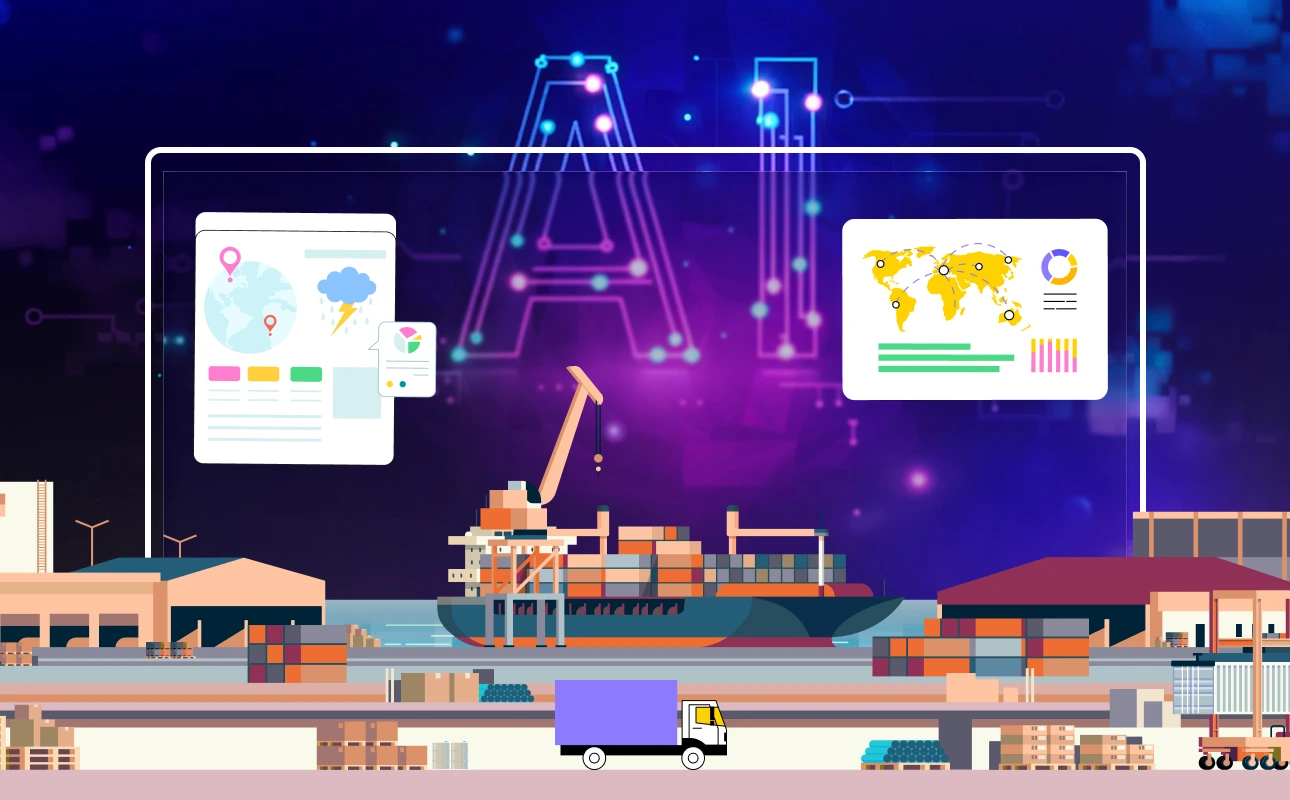The market is shifting faster than traditional software delivery can keep up with, and new ideas lose value the longer they remain in the backlog.
The question is no longer, Can we build it? But, how quickly can we prove it works?
Enter the era of infra-free MVPs. When Australian organisations combine serverless architecture with low-code development and AI integration, they remove the heavy infrastructure lift that normally slows projects down. The result is a smarter, lighter, and more cost-effective way to launch intelligent products.
At Bytes Technolab, we see this every day. Startups that used to require months and complete DevOps teams to test concepts now achieve this in just weeks. Large enterprises use low-code and serverless technologies to enhance their current systems by working within their existing infrastructure framework. The entire team wants to know the solution for turning this prototype into a production-ready system at affordable costs.
This blog examines how serverless, low-code, and AI form a powerful trio for Australian CIOs seeking to accelerate digital transformation, reduce technical debt, and drive innovation from the ground up.








